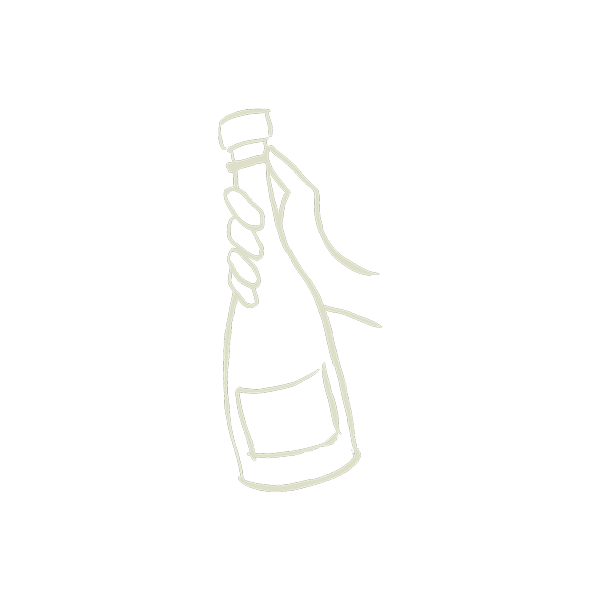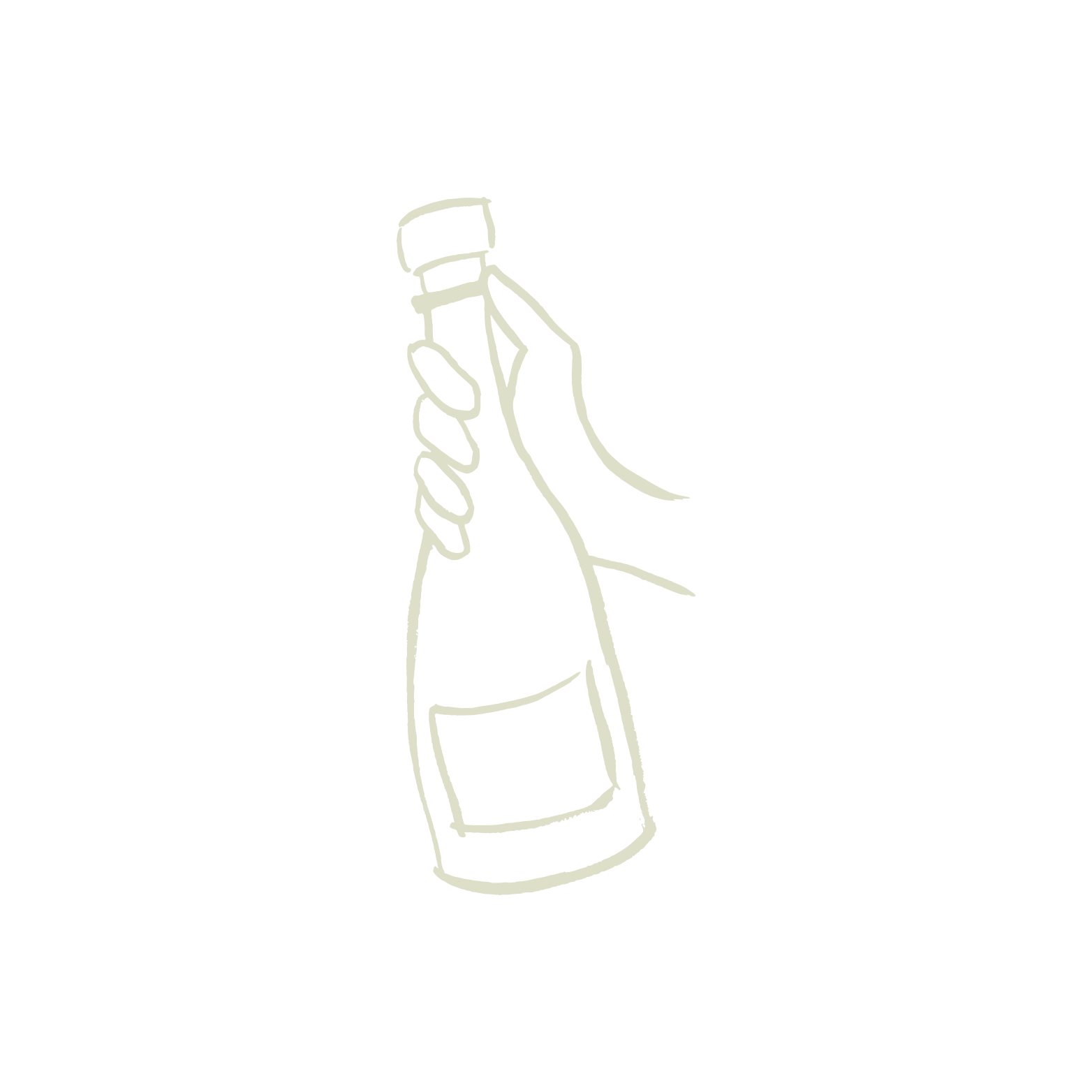How Champagne is Made

There's a method to the madness! From plucked grape to the instant the bubbles hit your lips, Champagne production can seem like an enigmatic journey through time and space. But it need not stay a mystery. Here are the 12 steps this sparkling libation travels on its long path to your glass.
1) HARVEST
Once the grapes—chardonnay, pinot noir, and pinot meunier—have reached peak ripeness in the field, growers handpick the fruit and transport it to the production facility, known as a cuverie. There, only the highest quality grapes head to the presses.

2) PRESS
After the grapes are de-stemmed they meet the press—often, as in the case of small growers, a traditional wooden press—which gently crushes them into juice that’s channeled into tanks below. Growers aid the process with pitchforks for maximum juice extraction.

3) PRIMARY FERMENTATION
After pressing, the juice is stored in barrels, concrete tanks, or stainless steel vats for primary fermentation. Winemakers taste the juice at various stages of fermentation to determine future blends and vintages.
4) BLENDING
After lots of tasting and blending, the winemaker often combines the recently fermented wine with older reserve wine to make a cuvée. Or, in exceptional years, the wine is bottled on its own as a vintage.
5) SECONDARY FERMENTATION
This is when the party begins. There are two steps to secondary fermentation. First the liqueur de tirage (a combination of yeast and sugar) is added to the still wine. In this step, as the yeast eats the sugar it releases carbon dioxide. Since the extra carbon dioxide has nowhere to go, it pressurizes the bottle and carbonates the wine.
Then, enclosure: After the liqueur de tirage has been added, either a steel bottle cap or a cork and metal clasp—known as a bouchees liège or grafé— seals the bottle. The steel cap is far more common these days, but the old school cork-and-clasp combo allows micro-oxygenation to occur—adding considerable aromatic complexity.

6) AGING SUR LATTE
Next, winemakers stack the bottles on their sides, or sur latte. To be called Champagne, the wine must age under the temporary bottle cap for a minimum of 15 months for non-vintage Champagnes and three years for those dated with a vintage. Many winemakers age their cuvées for several years, and some for even decades, to produce ever more complex and unique wines.

7) POIGNETAGE
During the aging process, many producers opt to shake the bottles to put the lees (or dead yeast cells) in suspension and prevent them from sticking to the sides of the glass. This can also be performed after disgorgement to more evenly distribute the liqueur d'expédition. Some winemakers consider this step to be optional, but Champagne traditionalists fervently maintain that each step, this one included, be followed.

8) RIDDLING OR “REMUAGE”
Bottles are moved from their resting state sur latte and turned upside down to collect the sediment at the neck of the bottle in preparation for disgorgement.
There are three common ways to perform this step.
By Hand: Bottles are placed neck down in oak pupitres—an A-frame riddling rack. The bottles stand, neck down, at a 35-degree angle while producers hand-turn them in a short and sharp rotation—1/8th, 1/6th, or 1/4 of a circle at a time.
Rotopal: Bottles are rotated inside a rectangular metal container that holds bottles—up to almost 300 at a time—at a fixed angle by a central pivot. The bottles get rotated 1/8th of a circle at a time by hand-cranking each palate.
Gyropalate: Bottles get placed in a motorized remuage container that simulates hand-rotation.

9) DISGORGEMENT
The winemaker removes the lees, flash-freezing the bottlenecks so when the bottle cap comes off, only the frozen wine (containing the lees) is lost.
10) DOSAGE
Lees now removed, the winemaker adds a small dose of still wine and sugar (the dosage) to balance the levels of high acidity. Or, in the case of Brut Nature Champagne, winemakers skip the dosage, creating a dry and acidic wine.

11) CORKING, LABELING, SHIPPING
The winemaker inserts corks into the bottles and covers them with wire cages and foil, and then applies labels. The Champagne is shipped to distributors and wholesalers, who bring the tasty cuvées to customers. Or in our case, is shipped directly to the temperature controlled cave at fatcork.

12) READY TO ENJOY
You got this.
______________________________________________________________________________________
All the hard work and love poured into making this special wine can be tasted, and is one of the main reasons that Champagne is so special. So next time you pop a bottle and are savoring your first sips, think of this journey from the vine to the glass.
Cheers,
Team fatcork!

